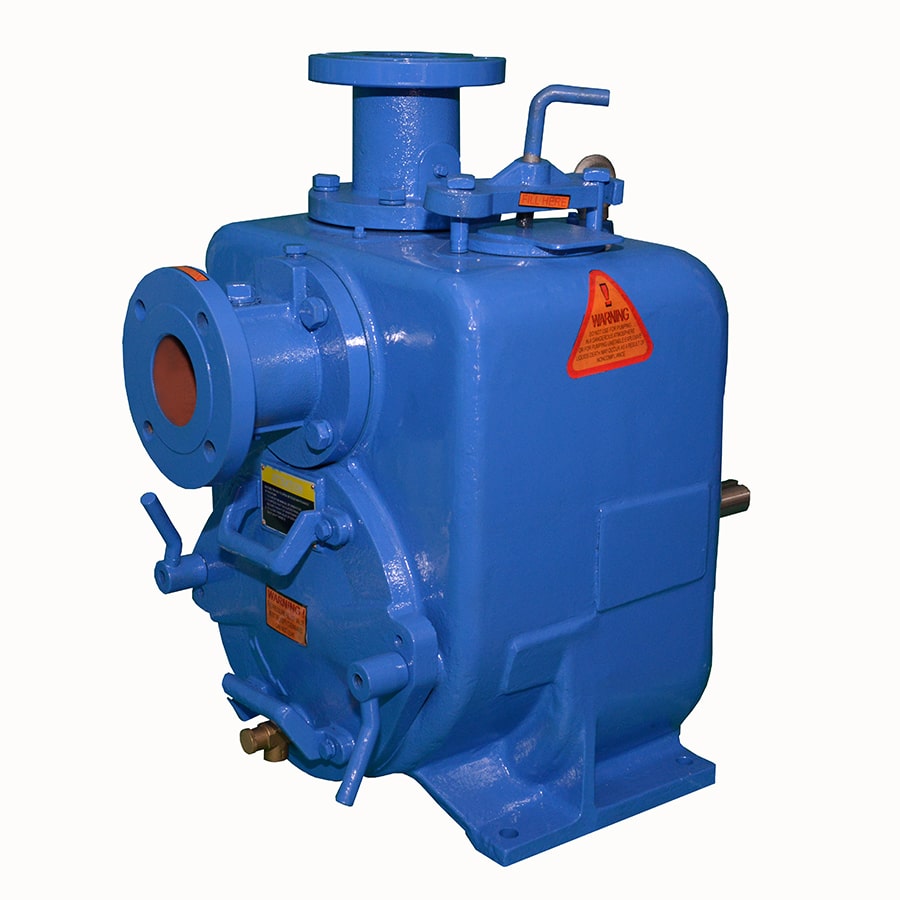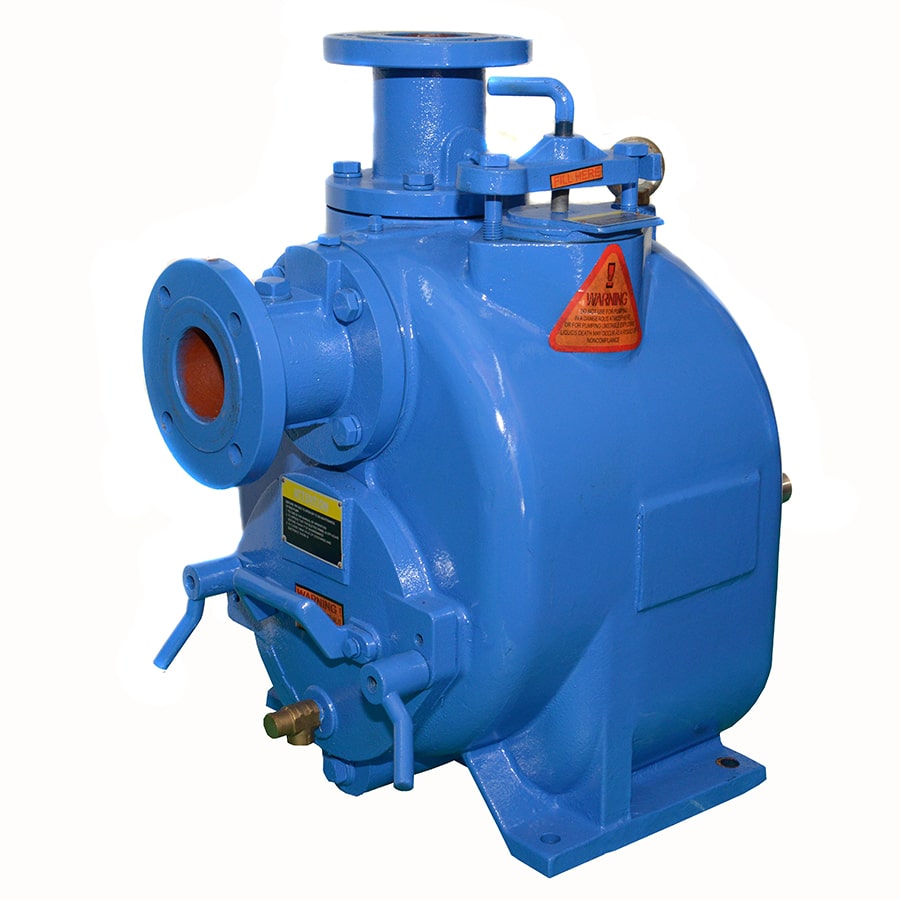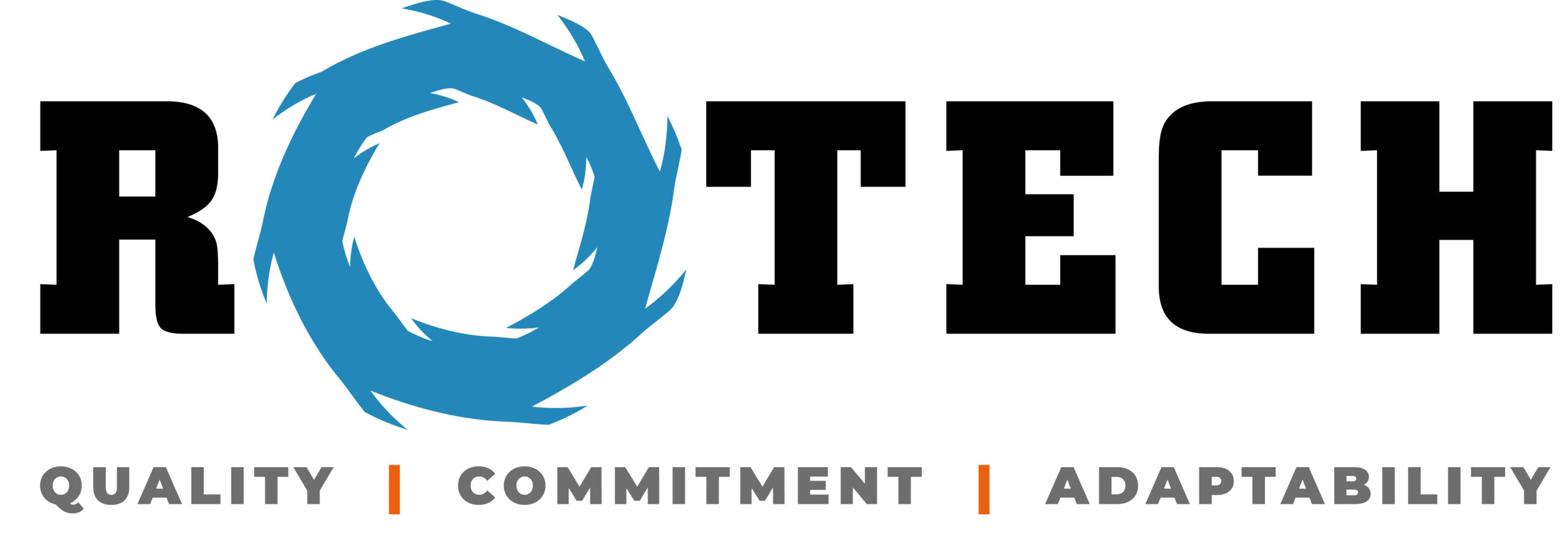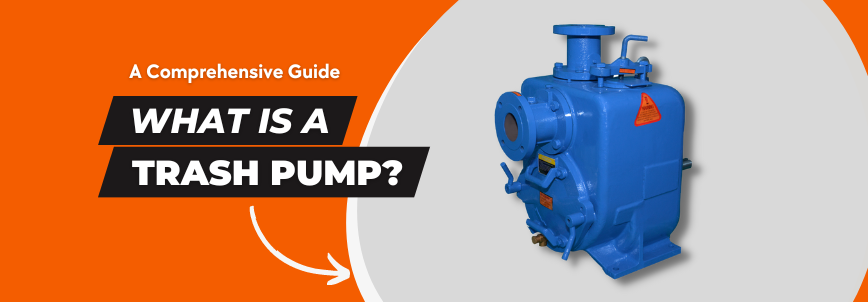Water is an essential resource in many aspects of our daily lives, from agricultural irrigation to construction dewatering. However, not all water is clean and debris-free. In situations where water is contaminated with solids such as leaves, mud, and sand, a regular pump may not be efficient. This is where a trash pump comes into play. In this article, we will explore what a trash pump is, its features, applications, maintenance, and purchasing considerations.
What is a Trash Pump?
A trash pump is a specialized type of water pump used to handle water with debris or solids, such as leaves, sticks, and mud. It is commonly used in applications where traditional pumps may become clogged or damaged by debris in the water. Trash pumps are widely used in various industries like construction, agriculture, flood control, and mining. They are known for their powerful performance and efficiency in pumping water with high concentrations of debris. It is important to properly maintain, operate, and select a trash pump based on specific requirements to ensure reliable performance. Factors such as construction, power source, pumping capacity, and budget should be considered when choosing a trash pump. Always refer to the manufacturer’s manual and seek professional advice for specific guidance on using and maintaining a trash pump to avoid plagiarism concerns.


Understanding the Working of a Trash Pump
Trash pump is designed to efficiently move large volumes of water containing solid debris, sludge, and other waste materials. In this article, we will explore how trash pumps work and their key components.
Pump Housing: The pump housing is typically made of durable materials such as cast iron or heavy-duty steel to withstand the harsh conditions of pumping debris-filled water. It contains the impeller, which is the primary component responsible for generating the pumping action.
Impeller: The impeller is a rotating component with vanes or blades that spins rapidly when the pump is powered on. The impeller’s design allows it to create a low-pressure area in the center, which draws water and debris into the pump.
Suction Hose: The suction hose is connected to the inlet of the pump housing and extends into the water source from which the pump draws water. It is designed to be submerged in the water, allowing the pump to draw in water and debris from the bottom or surface.
Discharge Hose: The discharge hose is connected to the outlet of the pump housing and is used to transport the pumped water and debris away from the pump to the desired location. It is usually made of a flexible material such as rubber or PVC and can be connected to various fittings or attachments for specific applications.
Engine or Motor: Trash pumps are typically powered by either a gasoline or diesel engine, or an electric motor. The engine or motor provides the necessary power to drive the impeller and create the pumping action. Some trash pumps may also have a built-in primer, which is a small pump used to remove air from the suction hose and facilitate the priming process.
Priming System: Trash pumps need to be primed before they can start pumping water. Priming refers to the process of removing air from the pump and suction hose to create a vacuum that allows water to flow into the pump. Once the pump is primed, it can efficiently move water and debris.
Debris Handling: One of the unique features of a trash pump is its ability to handle solid debris. The impeller’s design allows it to pass solid particles through the pump without clogging or damaging the impeller. Some trash pumps also have a built-in strainer or screen at the inlet to prevent larger debris from entering the pump and causing blockages.
Operation: To operate a trash pump, the suction hose is first submerged in the water source, and the discharge hose is connected to the outlet. The pump is then primed by filling the pump housing and suction hose with water to create a vacuum. Once primed, the engine or motor is started, and the impeller begins to rotate, drawing water and debris into the pump through the suction hose. The water and debris are then forced out of the pump through the discharge hose and transported to the desired location.
Types of Trash Pumps: Features, Applications, and Considerations for Selection
We will provide a detailed overview of the different types of trash pumps, including centrifugal, diaphragm, submersible, engine-driven, hydraulic, and electric trash pumps. Our discussion will also cover the features, applications, and considerations for selecting the right type of trash pump for specific needs.
Centrifugal Trash Pumps:
Centrifugal trash pumps are the most common type of trash pumps used in many applications. They work by converting rotational energy from an impeller into kinetic energy, which is used to move the fluid and solids. Centrifugal trash pumps are typically powered by gasoline or diesel engines and are capable of handling large volumes of water and debris. They are commonly used in construction sites, mining operations, agriculture, and municipal applications for dewatering, flood control, and waste management.
Features and advantages of centrifugal trash pumps:
- High flow rates and large solids handling capacity
- Can handle a wide range of fluids, from clean water to slurries with high solid content
- Self-Priming Trash Pumps, which means they can draw water from a source and start pumping without the need for priming
- Portable and easy to move around
- Can operate for extended periods of time without clogging or overheating
Applications of centrifugal trash pumps:
- Construction and mining sites for dewatering excavations and managing wastewater
- Agriculture for irrigation and drainage
- Municipalities for flood control, stormwater management, and wastewater treatment
- Industrial settings for handling waste fluids, slurries, and other debris-laden liquids
Considerations for selecting centrifugal trash pumps:
- Flow rate and head requirements based on the specific application
- Solids handling capacity and size of solids that can be handled
- Engine type, power, and fuel source (gasoline or diesel)
- Portability and ease of use, including mobility and transport options
- Maintenance requirements and availability of replacement parts
Diaphragm Trash Pumps:
Diaphragm trash pumps are a type of positive displacement pump that uses a flexible diaphragm to create a pulsating action that moves the fluid and solids. They are typically powered by gasoline or electric motors and are known for their ability to handle fluids with high solid content, abrasive materials, and viscous liquids. Diaphragm trash pumps are commonly used in construction, mining, oil and gas, and municipal applications.
Features and advantages of diaphragm trash pumps:
- Ability to handle fluids with high solids content, abrasive materials, and viscous liquids
- Self-priming and can run dry without damage
- Can handle a wide range of fluids, from clean water to slurry and sludge
- Can handle solids up to a certain size without clogging
- Suitable for applications that require precise control of flow rates
Applications of diaphragm trash pumps:
- Construction and mining sites for dewatering, mud pumping, and slurry handling
- Oil and gas industry for handling drilling fluids, mud, and sludge
- Municipalities for wastewater treatment, sewage handling, and flood control
- Industrial settings for handling abrasive materials, chemicals, and other viscous liquids
Considerations for selecting diaphragm trash pumps:
- Flow rate and head requirements based on the specific application
- Solids handling capacity and size of solids that can be handled
- Engine type, power, and fuel source (gasoline or electric)
- Ability to handle the type of fluid and solids present in the application
- Portability and ease of use, including mobility and transport options
- Maintenance requirements and availability of replacement parts
Submersible Trash Pumps:
Submersible trash pumps are designed to be submerged in water or other fluids, making them ideal for applications where the pump needs to be placed underwater or in deep excavations. They are typically electrically powered and come with various configurations, such as single-stage or multi-stage impellers, to handle different types of fluids and solids. Submersible trash pumps are commonly used in construction, mining, municipal, and industrial applications.
Features and advantages of submersible trash pumps:
- Ability to operate while submerged in water or other fluids
- Can handle fluids with high solids content, slurries, and sludge
- Can handle solids up to a certain size without clogging
- Quiet operation and low vibration
- Suitable for applications with limited space or accessibility
Applications of submersible trash pumps:
- Construction and mining sites for dewatering excavations, tunnels, and basements
- Municipalities for wastewater treatment, sewage handling, and flood control
- Industrial settings for handling slurries, sludge, and other debris-laden liquids
- Aquaculture and fish farms for water circulation and waste management
Considerations for selecting submersible trash pumps:
- Flow rate and head requirements based on the specific application
- Solids handling capacity and size of solids that can be handled
- Electric power source and voltage requirements
- Depth of submersion and accessibility for maintenance and replacement
- Corrosion resistance and durability for underwater operation
Engine-Driven Trash Pumps:
Engine-driven trash pumps are powered by gasoline or diesel engines and are known for their portability and versatility. They can be used in remote locations without access to electricity and are commonly used in construction, agriculture, and other applications where mobility is essential. Engine-driven trash pumps can be either centrifugal or diaphragm type, depending on the specific needs of the application.
Features and advantages of engine-driven trash pumps:
- Portability and mobility for remote locations and temporary setups
- High flow rates and large solids handling capacity
- Self-priming and can run dry without damage
- Suitable for applications with limited or no access to electricity
Applications of engine-driven trash pumps:
- Construction and mining sites for dewatering, mud pumping, and waste management
- Agriculture for irrigation, drainage, and handling farm waste
- Remote locations without access to electricity for water management
- Emergency situations, such as flood control and disaster response
Considerations for selecting engine-driven trash pumps:
- Flow rate and head requirements based on the specific application
- Solids handling capacity and size of solids that can be handled
- Engine type, power, and fuel source (gasoline or diesel)
- Portability and ease of use, including mobility and transport options
- Maintenance requirements and availability of replacement parts
Hydraulic Trash Pumps:
Hydraulic trash pumps are powered by hydraulic systems, typically using a hydraulic power source, such as a skid steer loader, tractor, or excavator. They are known for their versatility and compatibility with existing hydraulic systems in various applications. Hydraulic trash pumps can be either centrifugal or diaphragm type, depending on the specific needs of the application.
Features and advantages of hydraulic trash pumps:
- Versatility and compatibility with existing hydraulic systems
- High flow rates and large solids handling capacity
- Can handle a wide range of fluids, from clean water to slurries with high solid content
- Self-priming and can run dry without damage
- Suitable for applications where hydraulic power is readily available
Applications of hydraulic trash pumps:
- Construction and mining sites for dewatering, mud pumping, and waste management using existing hydraulic equipment
- Agriculture for irrigation, drainage, and handling farm waste with tractors or other hydraulic machinery
- Industrial settings where hydraulic power is already in use, such as factories or manufacturing plants
- Oil and gas industry for pumping fluids in drilling and exploration operations
Considerations for selecting hydraulic trash pumps:
- Flow rate and head requirements based on the specific application
- Solids handling capacity and size of solids that can be handled
- Hydraulic power source and compatibility with existing hydraulic systems
- Ease of integration with other hydraulic equipment
- Maintenance requirements and availability of replacement parts
Conclusion:
When choosing a trash pump, it’s important to carefully assess your specific requirements and select a pump that meets your needs in terms of flow rate, head, solids handling capacity, power source, and portability. Proper maintenance, including regular inspection and cleaning, is also crucial to ensure the efficient operation of the pump and extend its lifespan. Additionally, considering factors such as the availability of replacement parts, ease of use, and mobility options can also impact the overall performance and convenience of the trash pump in your intended application.




